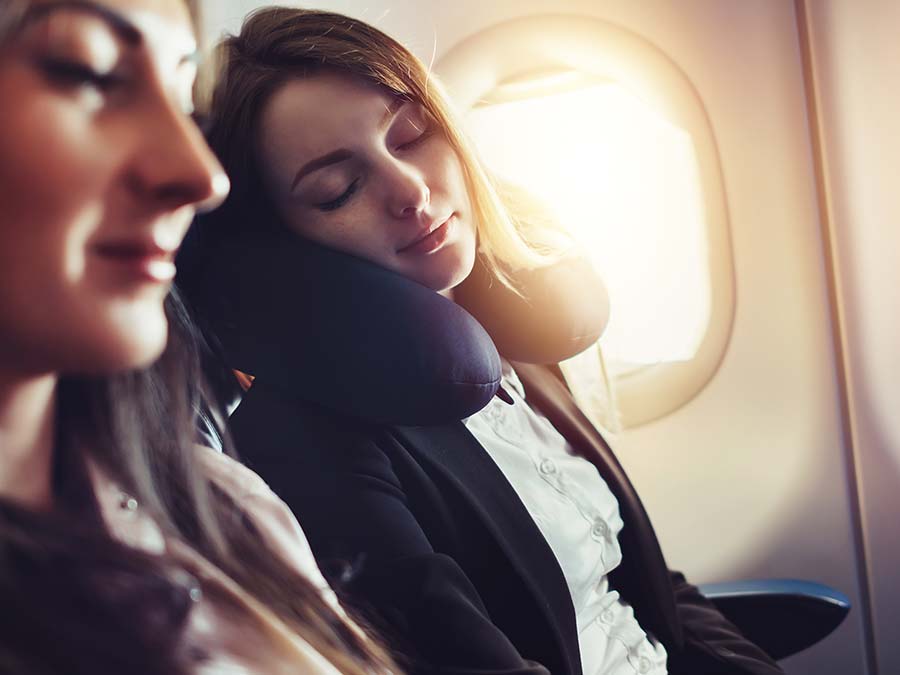Travel insurance for Japan
Japan is fast-becoming one of the world's premier travel destinations. Annual tourist visits to the country have increased by roughly 20 million since the year 2000, and with stunning scenery, seafood and cities, it’s easy to see why.
Whether you’re exploring the bustling streets of Tokyo or exploring the mountains in Hokkaido, it’s essential that you protect yourself with a comprehensive insurance policy when visiting Japan. Natural disasters, broken bones and damaged valuables can all turn your Japanese adventure into an expensive and upsetting experience.
What does my insurance cover in Japan?
Our International Comprehensive insurance includes cover for:
- Unlimited medical and evacuation expenses that arise due to unexpected events while on your journey
- Cancellation fees and lost deposits –increase your cover depending on the cost of your journey
- Damaged or lost baggage
- Personal items if they are stolen or damaged
- Rental vehicle excess should you have an accident
- Emergency dental treatment
- Funeral costs
When you protect yourself with a comprehensive policy, you also gain access to our worldwide Emergency Assistance team, who are available for round-the-clock assistance and advice 24 hours a day, 7 days a week.
Cover for medical emergencies and hospital bills
Japan is generally regarded as a safe destination with good access to quality medical care. Nevertheless, there’s room for the unexpected wherever you visit.
Whether it’s a broken bone falling over your suitcase or a stomach bug caused by a dodgy meal, injury and illness can take the shine off your holiday to Japan. Our International Comprehensive and International Medical Only policies can cover you for unexpected medical emergencies and hospital expenses that arise due to unexpected events while on your journey.
To stay fit and healthy in Japan, it helps to:
- Stay up-to-date on routine vaccinations like the flu shot
- Wash your hands regularly, especially before eating
- Avoid eating in empty restaurants and cafes
- If you’re new to Japanese cuisine, ease yourself into things by sticking to cooked food for a few days
Will my insurance cover natural disasters in Japan?
Unfortunately, Japan has suffered from several devastating weather events that have claimed thousands of lives. The earthquake and tsunami of 2011, for example, ravaged much of the coastline and killed an estimated 16,000 people.
Strong winds, heavy rains, snowstorms and typhoons also have the potential to cause significant travel delays. Japan’s typhoon season runs from August to November, during which time planes are frequently grounded, so take extra care when visiting in these months.
You must make sure it’s still safe to travel to your destinations by checking for travel advisories on the SafeTravel website. You need to check this when you buy your travel insurance, again before you start your journey, and before leaving for each new destination.
Your policy may be affected if the travel advisory on the SafeTravel website is ‘Do not travel’ or ‘Avoid non-essential travel’.
If your travel plans need to be changed due to an unexpected natural disaster, there may be cover under the International Comprehensive and International Medical Only policy.
Insurance for stolen or damaged phones, cameras and laptops
Petty crime isn’t considered a serious issue in Japan, as its residents are famously polite and considerate. However, pickpocketing exists all around the world and the crowded streets and stations of Tokyo make it an ideal hunting ground for thieves. To avoid pickpockets, remember to:
- Keep your valuables in sight and on your person at all times
- Avoid carrying your wallet and phone in your back pocket
- Take extra care in crowded areas like markets and train stations
- Avoid travelling alone at night or in dimly-lit areas
Safety tips and advice for Japan
With the right preparation, research and advice, your holiday to Japan will be a memorable one for all the right reasons. While it’s considered a safe and welcoming travel destination, there are several things that visitors should remember when exploring its sights and sounds.
There are a few local Japanese laws that can take tourists by surprise:
- Drinking alcohol is legal on the street, with some vending machines even serving beer and sake! However, be sure to drink responsibly.
- Japan has a 0% blood-alcohol limit for driving.
- Tourists are required to keep their passport on them at all times when travelling through Japan.
- Some prescription medication you bring from home may be illegal in Japan, so ensure you keep a prescription note from your doctor and a letter explaining its purpose. It’s also a good idea to have a copy translated into Japanese.
What you need to know
This page includes some information about our products but, as with all insurance policies, eligibility criteria, terms and conditions apply. For our terms and conditions (including information about exclusions, excesses and sub limits) we recommend you read the relevant Financial Services Guide (FSG), Product Disclosure Statement (PDS) and Target Market Determination (TMD) to ensure our travel insurance products are right for you.
You can find the relevant documents here: International Comprehensive, Annual Multi-trip, International Medical Only, Working Overseas, Domestic.






